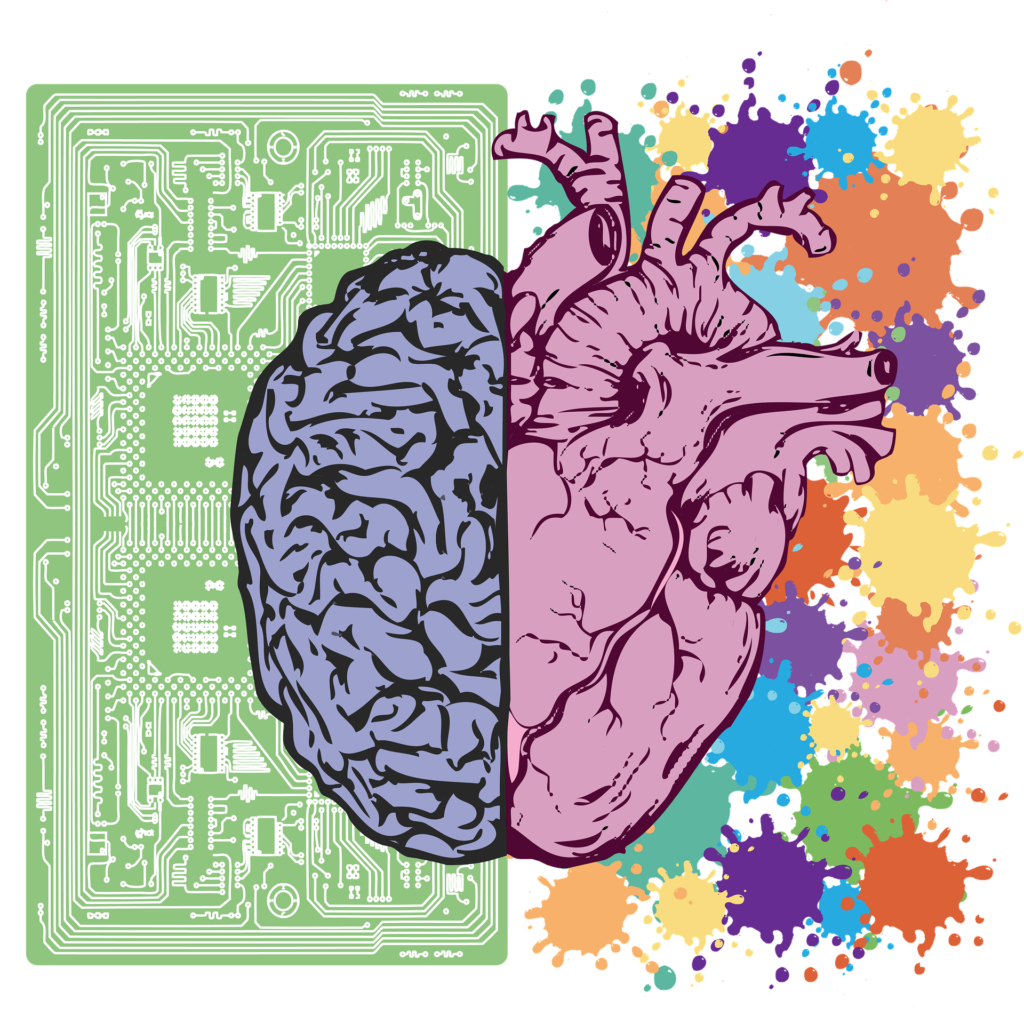Cryonics is a well known form of longevity technology in which a human is frozen in a way that preserves the basic structure of their biology, with the goal of being unfrozen and restored to life in the future when medical science has significantly advanced. Cryogenic freezing is appealing to those with serious medical conditions that the science of today can’t cure, as well as those who hope to live in a future where medical science has conquered aging and death.
There are some unanswered questions about cryonics at its core, most significantly the fact that no one is currently sure when it will be possible to successfully revive those who have been cryogenically frozen. But those questions haven’t stopped the process from becoming popular. Two of the most prominent companies in the cryonics industry are Alcor and the Cryonics Institute. Between the two of them the organizations have several hundred members currently cryogenically frozen, with thousands more signed up for the process.
However, even among those who believe in and support cryonics, there is a fundamental debate about the best form of the process. Some believe that it’s important to cryogenically freeze a person’s entire body, while others feel that freezing only the head and brain has significant advantages while still achieving the same basic goals.

Whole Body Preservation vs. Neuropreservation
Whole body preservation is the cryogenic freezing of a complete human body with a hope for revivification in the future. A full body is cooled using liquid nitrogen to such a low temperature that physical decay is no longer an issue. The body is technically legally dead at this point, but as the Cryonics Institute highlights in their FAQs: “At legal death, most of a person’s tissues are still alive.”
Because cryonics freezes the body in a state that prevents further damage and degradation, it will hypothetically be possible for medical science to restore life and function in the future. Just as doctors today can use treatments to address heart disease or to replace an ailing knee, a cryogenically preserved body could someday be unfrozen and revived with any needed repairs to the body made before, during, or after the unfreezing process.
The main arguments in favor of whole body preservation include the psychological comfort of patients (since many are uneasy at the thought of leaving their familiar body behind “in the past”) and the preservation of full biological identity, which we’ll explore more in the next section of this article.
The other possible form of cryogenic freezing is neuropreservation, in which only a patient’s head is frozen in order to preserve the brain in the best possible condition. Why would anyone choose this option? Well, when bodies are frozen for a long period of time, both the extreme low temperatures and the cryoprotectant chemicals used in the process can do damage to human tissues. The larger the organism that needs to be frozen and stored, and the more power and more cryoprotectants that need to be used in the process, the more likely it is that problems will result.
Organizations like Alcor and the Cryonics Institute have answers to these concerns, of course, but the fact remains that things will happen over long enough periods of time. Neuropreservation advocates argue that preserving a head and brain alone is significantly more reliable and more affordable than maintaining an entire body at cryogenic temperatures. As Alcor discusses in their FAQs in regards to the insurance policies necessary to pay for cryopreservation, “for whole body preservation you would need a minimum policy of $200,000, and for neuropreservation you would need a minimum policy of $80,000.” That’s a big difference, and it’s one that makes neuropreservation a more accessible form of cryonics.
Hormones and the Brain-Body Connection
One of the fundamental problems with the neuropreservation optionis the fact that much of our personalities and identities are influenced and determined by biological factors outside of our brain. Just think of the mood changes that come along with puberty, for example, or the way different people have different physical responses to stressful situations.
Hormones like adrenaline, cortisol, and testosterone have significant impacts on how humans behave and how the brain develops and performs, but aren’t produced in the brain. Adrenaline and cortisol influence our “fight or flight” impulses during stressful or exciting situations, while testosterone plays a major role in things like libido and aggression. Clearly, these are all important aspects of what makes up a particular person’s identity. A brain uninfluenced by any of these hormones might still “think,” but it clearly wouldn’t be the same.

And there are more ways that our physical bodies influence our personalities beyond hormones. For example, scientists are just beginning to understand how bacteria in our gut can play a role in brain function, but early experiments with mice have shown a clear relationship between the microbiome in the digestive system and personality aspects like anxiety and sociability.
The brain-body connection is scientific fact, but experts and cryonics enthusiasts debate over how important the issue is. Author and professor of biological engineering Alan Jasanoff wrote that “The brain is a biotic organ, embedded in a continuum of natural causes and connections that together contribute to our biological minds.” When it comes to emotions and responses to our environment, he argues, viewing the brain as a self-contained computer is just plain wrong.
If important aspects of our personalities are found in places outside our brains, then simply freezing our brains via cryogenics is not enough to preserve our full identities. If we have different personalities and identities when we are revived far in the future, exactly who is it that is going to be waking up?
Is Neuropreservation Enough?
Some advocates of neuropreservation argue that the concerns about the process are exaggerated and they can point to many issues with whole body preservation that are just as challenging. In the essay “The Case for Neuropreservation” on Alcor’s website, Brian Wilson argues that “Neuropreservation offers a tenfold increase in preservation security” because its reduced cost means that the same amount of money can potentially carry patients further into the future – making them that much more likely to actually reach the hypothetical point at which they can be revived.
Since fully frozen bodies will require significant repair anyway, beyond what current medical science is capable of, Wilson points out, both forms of cryogenic freezing are counting on future doctors being able to essentially make patients a new healthy young body. If that’s the case, then a logical argument can be made that the main concern is just staying frozen long enough for that point in the future to be reached – which means that cost and logistics concerns are more important than accounting for all the ways our current bodies influence our personalities. Besides, factors like hormone levels and gut bacteria naturally change over the course of our normal lives, anyway. Making these extra-neural influencers of personality a priority might not be sensible.
So is neuropreservation enough? And might it actually be the more viable long-term option? That’s clearly the view of many cryonics fans. In fact the CEO of Alcor, Dr. Max More, is personally going the neuropreservation route, since he believes his body is “replaceable” when considered on the timescale of cryogenic freezing.
But the fact remains that there is a lot that goes into individual human personalities and identities that we don’t fully understand, and hormones and other body-wide factors have an undeniable influence on how people behave. In the end, people need to weigh how important they feel personality preservation to be and how much additional cost and reduced preservation security they think is justified in order to bring their current physical body (with all its particular hormone levels and gut bacteria) with them into the future.
As one final way to look at the conundrum, consider the case of a married couple who both decide to be cryogenically frozen in their old age. If they go with neuropreservation and some day wake up to find themselves in new, different bodies, will they notice alterations in each other’s personalities now that all of the body-wide influences on the brain have been changed? If they knew that much of the “identity” of their partner wouldn’t make it through the cryogenic process, would the idea still hold the same appeal?














